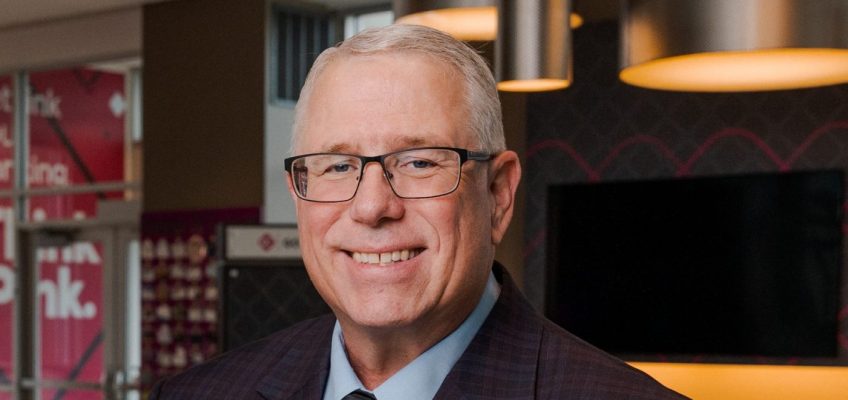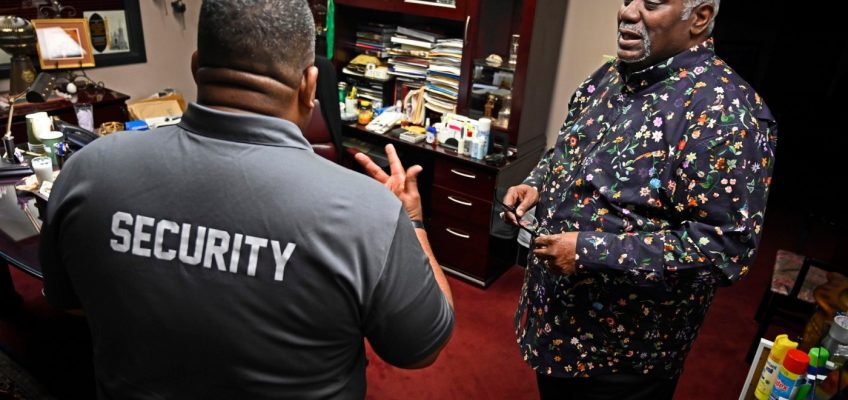PHILADELPHIA — When he took his first shift on Saturday night versus the Flyers in South Philly, Tyler Pitlick became the 36th Minnesota-born player to wear a Minnesota Wild sweater in a game. He also became the second member of his Twin Cities family to don the green and Iron Range red in a game.
A little more than three years ago, Tyler’s first cousin Rem was acquired by the Wild from Nashville, played 20 games with Minnesota, and was promptly traded to Montreal in the midst of the 2021-22 season.
Tyler needs 20 more games to become the Pitlick family’s iron man in a Wild uniform.
“It was awesome,” Pitlick said after the Wild’s 2-1 overtime loss to Philadelphia. “I was obviously really excited to play for the hometown team, but more importantly just to get back to the NHL after a year-and-a-half hiatus. It was pretty special, and it was great.”
The Wild are Pitlick’s ninth NHL organization after he signed a pro contract with Edmonton back in 2010. He has more than 400 NHL games under his belt but spent all of last season in the AHL, playing in the Boston Bruins’ system.
After a good training camp with the Wild, Pitlick, 33, found himself back in the AHL with Iowa, but getting lots of minutes.
“I thought I had a decent camp. Obviously, it could have been a little bit better,” he said Saturday. “But I think it wasn’t a horrible thing for me to go down and play a lot of minutes, 20 minutes a night, and getting that juice going and take it into here.”
Pitlick and the Iowa Wild were in North Carolina on Friday night, where they fell 6-2 to the Charlotte Checkers. Not long after he changed out of his hockey gear that night, Pitlick got the call to “the show” and was handed a plane ticket for Philadelphia.
“I found out after the game about 11 or 11:30,” recalled Pitlick, who played prep hockey at Centennial and spent a year each at Minnesota State Mankato and with Medicine Hat in the Canadian major junior leagues. “Got my itinerary for the flight in the morning. Then 7:45 car, 9 flight, got here for pregame meal, took a nap and ready to roll.”
Wild coach John Hynes put Pitlick on the fourth line with right wing Danila Yurov at center and Yakov Trenin on the other wing. With all three of them standing 6-foot-1 or better, Hynes is clearly looking for a size line, and Pitlick recorded four hits in the game, skating more than seven minutes.
“I thought Pitlick brought good energy and speed,” Hynes said postgame. “I liked the line with him and Yurov and Trenin. They had some zone time, and I thought he had a good outing.”
While the team’s sole focus with two games remaining on their current road trip is to get back in the win column — they went 0-2-1 in visits to Dallas, Washington and Philadelphia — Pitlick likes being a member of the Wild and playing on a line he feels suits his game.
“Some big bodies,” he said. “We’ve got some speed, we play a north game. I think we’re gonna get all over some defensemen and they’re not gonna like playing against us.”
Related Articles
Cates’ OT goal lifts Flyers over Wild
Wild add David Jiricek, Tyler Pitlick after Zach Bogosian is injured
‘Ovie show’ too much for Wild, again, as they fall in DC
Kirill Kaprizov now calls former idol Alex Ovechkin a friend
For Wild’s lopsided offense, it’s too early for celebration or concern




